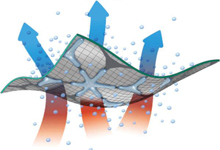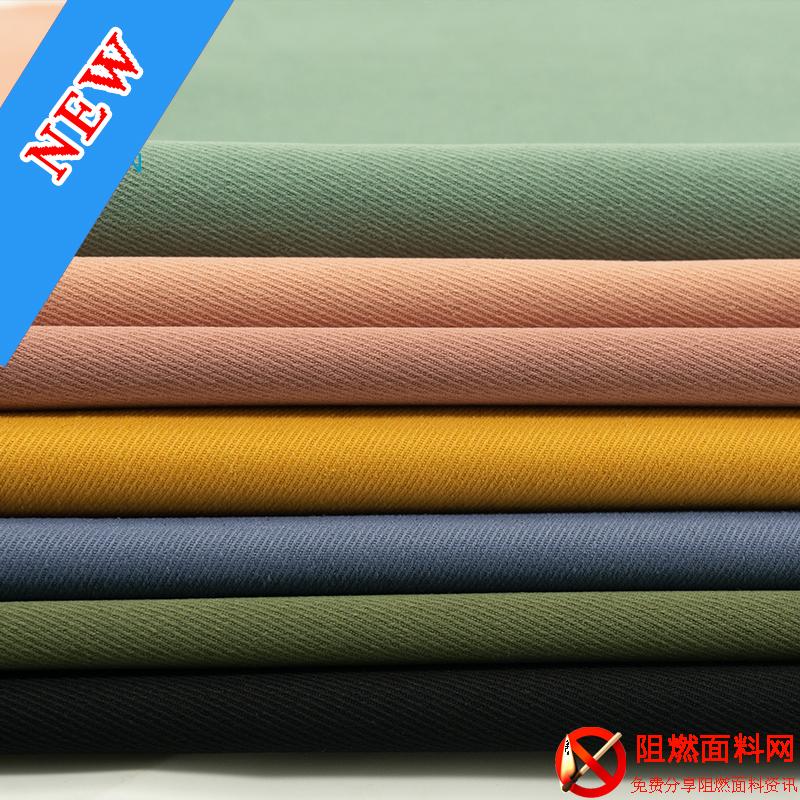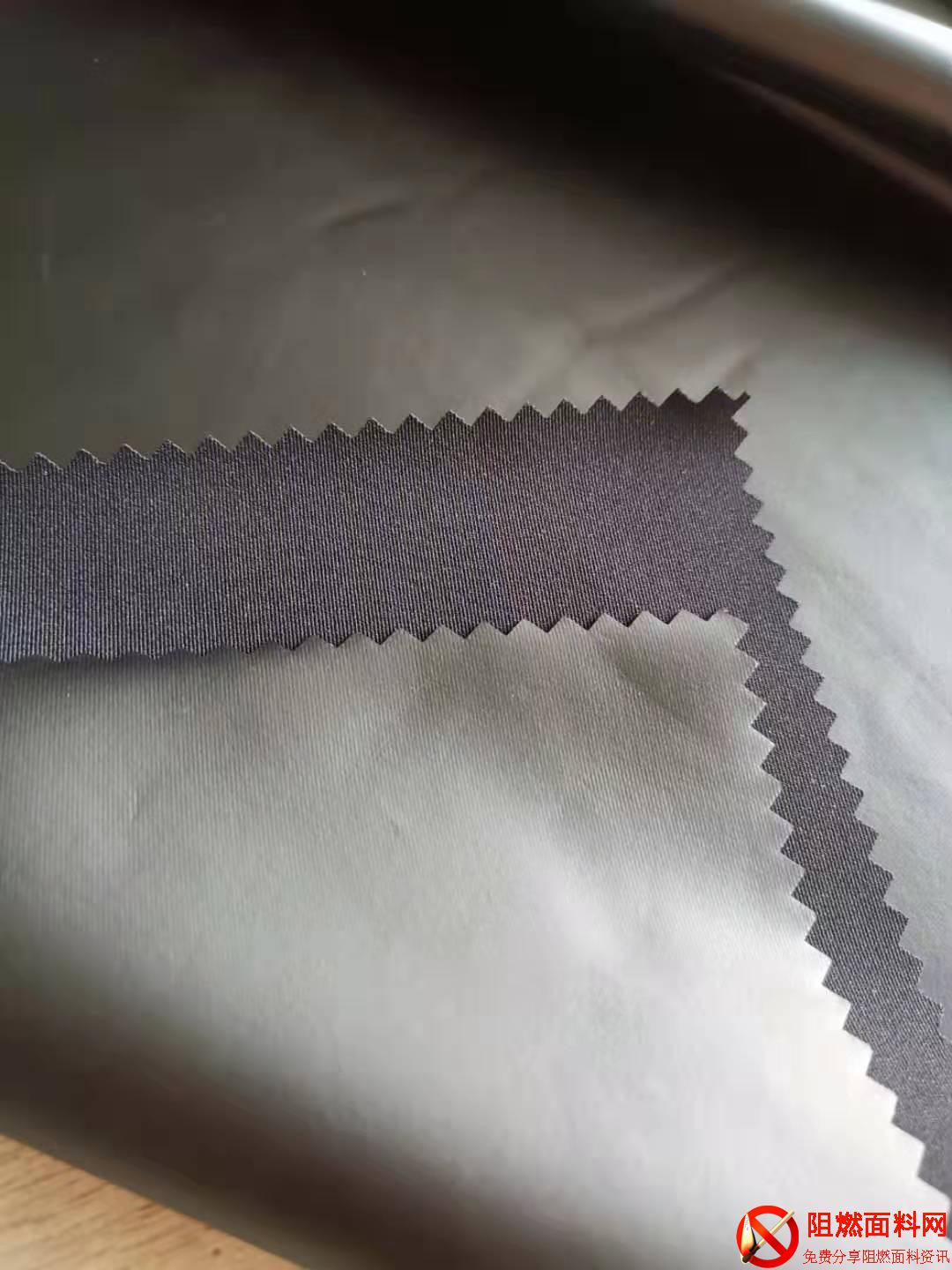How much do you know about the flame retardant properties of textiles?
How much do you know about the flame retardant properties of textiles?

The weather in autumn and winter is dry, and fire hazards are everywhere. The textiles used in people’s daily life are mainly made of natural fibers, man-made fibers and synthetic fibers. Most of them are flammable or combustible. Once ignited, the fire will spread rapidly. Spreading can easily cause great harm to human life and property.
In order to prevent unnecessary fires, many developed countries have already adopted flame-retardant products to prevent vicious fires in public places and protect personal safety. Many countries and regions have established relatively complete regulations and standard systems.
The so-called “flame retardant” does not mean that the textiles after flame retardant treatment will not burn when exposed to a fire source, but that the fabrics can reduce their flammability as much as possible in the fire, slow down the spread of the fabric, and prevent large-area burning. , and can self-extinguish quickly after leaving the flame, no longer burning or smoldering. Those labor protection fabrics that can prevent themselves from being ignited or can slow down and stop burning after contact with flames or hot objects are flame retardant fabrics. The use of textiles with flame retardant properties can weaken burning conditions and delay the spread of fire, giving people time to evacuate or take measures to extinguish the fire. Therefore, technical regulations on the flammability of textiles have gradually become an important part of technical trade barriers in various countries.
How to identify the quality of flame retardant fabrics?

Flame retardant fabric testing methods are diverse due to different principles, equipment and purposes. It is difficult to compare the test results of various test methods with each other. The experimental results can only explain the combustion performance of the sample to a certain extent. The first is that the appearance is qualified and there are no defects. The second is the important flame retardant performance testing. You still need to go to a regular testing center for testing, or buy flame retardant fabrics produced by large enterprises. They have their own testing centers to ensure that they are retardant. The quality of the fabric. The basis usually used to judge the flame retardant performance of flame retardant fabrics is based on the burning rate of the flame retardant fabric. It is to contact the flame-retardant fabric with the flame for a period of time according to the prescribed method, then remove the flame, and measure the time for the fabric to continue burning with flames and flameless burning, as well as the degree of damage to the fabric. The shorter the flame burning time and the flameless burning time, the lower the degree of damage, which means the better the flame retardant performance of the fabric; on the contrary, it means the fabric has poor flame retardant performance.
How do textiles achieve flame retardant effects?
Fabrics can be flame retardant in two ways, one is the flame retardant method of the fiber, and the other is the post-treatment flame retardant method. Fiber flame retardancy is achieved by copolymerizing flame retardant monomers with polymers or adding flame retardants to the polymer, and then miscibly processing them to form blended fibers, which are then woven into flame retardant fabrics; the post-finishing process is to combine the flame retardant with the polymer. The fabric is treated with flame retardant by spraying, padding or coating. When encountering fire, the flame retardant will undergo physical and chemical reactions to achieve the flame retardant effect.
Flame retardant yarn uses

Flame-retardant cotton yarn has good washing resistance, no odor, reliable to the human body, breathable and moisture-permeable, and soft to the touch. It is suitable for making flame-retardant protective clothing in metallurgy, machinery, forestry, fire-fighting and other industries. It can also be used as decorative cloth in hotels, guesthouses, opera halls and theaters.
Flame retardant yarn is a special fabric that can delay the burning of flames. It is mainly used to make protective clothing, special performance clothing, and industrial fabrics. It is widely used in fire protection, clothing, stores, metallurgy, machinery, mining, chemical industry, coal, shipping, etc. industry.
Most of the world’s carbon fiber giants were once giants in the acrylic fiber industry, and the raw fiber preparation technology originated from the acrylic fiber industry. In recent years, due to competition from other chemical fibers, the acrylic fiber market has been shrinking year by year, while PAN-based carbon fiber is in a booming situation. In the next ten years, with the development of industrial applications such as wind power blades, pressure vessels, automobile rail transit, and solar energy, it will surely trigger a low-cost carbon fiber industrial revolution. Judging from the current international carbon fiber technology, “lifting and speeding up” is an effective way to reduce costs. Among them, the idea of pulling up will make the production of raw silk close to that of the acrylic industry. Internationally, Zoltek has developed successful experience in using acrylic equipment to manufacture raw yarn; Spanish Montefibre Carbon has started the production of 80-480K raw yarn based on its acrylic factory. In the history of the development of carbon fiber in China, raw silk and acrylic fiber used to be two different skins. The raw silk looked down on the “rough craftsmanship” of acrylic fiber, while the acrylic fiber looked down on the “small pot and fine frying” of raw silk. With the gradual development, major acrylic fiber factories have entered the mass production of raw silk, while “small pots” are gradually�Enlargement and technological integration are an inevitable trend. China is still a major producer and consumer of acrylic fiber. It still has a relatively complete independent industrial system and an experienced technical production team. This is undoubtedly a strong foundation for the continued development and growth of China’s industrial carbon fiber applications. We proposed the “Acrylic Raw Silk Integration Development Strategy”, mainly in response to the current decline of acrylic fiber and the rapid development of carbon fiber, and to explore a path of “old chefs cooking new dishes” for China’s acrylic fiber industry. Among them, kitchen equipment, recipe of dishes , what degree of updating or innovation is needed to control the heat? We hope to gain resonance and discussion from domestic acrylic and raw silk experts.
Acrylic fiber is the trade name of polyacrylonitrile fiber in my country. After China’s acrylic fiber industry experienced the financial crisis in 2008, device production capacity was consolidated and reduced to 755,000 tons. In 2018, after 10 years of development, the total production capacity remained at 825,000 tons, but the capacity utilization rate remained only around 63%. From the perspective of market demand, in 2003, China’s acrylic fiber production was 630,000 tons, the total demand was 1.08 million tons, and the import volume reached nearly 460,000 tons. The self-sufficiency rate of acrylic fiber was 58%. Since 2010, China’s apparent acrylic fiber consumption has remained at around 800,000 tons, and the self-sufficiency rate has reached more than 80%. However, since 2017, the production capacity utilization rate has been below 70%. Starting from 2021, the 50,000-ton production capacity of the Shanghai Petrochemical Acrylic Fiber South Unit will be suspended for renovation, and it will withdraw from the production of ordinary acrylic fiber and switch to the production of polyacrylonitrile-based carbon fiber large tow precursors for downstream carbon fiber production. China’s total acrylic fiber production capacity remains at 775,000 tons, accounting for one-third of the world’s total acrylic fiber production. Although China’s acrylic fiber is the world’s acrylic fiber production and consumption center, the development of China’s acrylic fiber has entered a bottleneck period and even experienced negative growth. The downstream market’s demand for acrylic fiber products is saturated and shrinking. It is also driven by energy, environment, and the improvement of the performance of other chemical fiber products to replace acrylic fiber. Impact and impact, acrylic fiber production capacity appears to be overcapacity and the embarrassing dilemma of low capacity utilization.
At present, the technical route and production capacity of acrylic fiber in the world are relatively concentrated in the two-step wet spinning production equipment using DMAc as the solvent and NaSCN as the solvent. The former is an organic solvent and the latter is an inorganic solvent. Both are wet spinning. The total production capacity of the two technical routes accounts for about 72%. Other single sets currently mainly produce carbon fiber raw filaments: Japan’s Toray DMSO one-step wet spinning and dry-jet wet spinning, Japan’s Teijin Zncl2 one-step wet spinning, and Taiwan’s Formosa Plastics uses DMF as the solvent. One-step wet spinning. Japan’s Mitsubishi has both dry spinning and dry-jet wet spinning using DMF as the solvent, and is also one of the main devices for the two-step wet spinning using DMAc as the solvent. At the same time, Japan’s Zhongyuan is the only set of equipment that produces flame-retardant acrylic fiber based on two-step wet spinning with acetone as solvent.





